How to Match Clothes Like a Stylist: Your Ultimate Guide to Effortless Style
Unlock the secret to effortless style with this ultimate guide to matching clothes like a professional stylist. Learn how to coordinate colors, pair patterns, balance proportions, and build cohesive outfits for every occasion. With practical tips, outfit formulas, and stylist-approved rules, you’ll gain the confidence to create polished, flattering looks that reflect your personality and fashion taste.
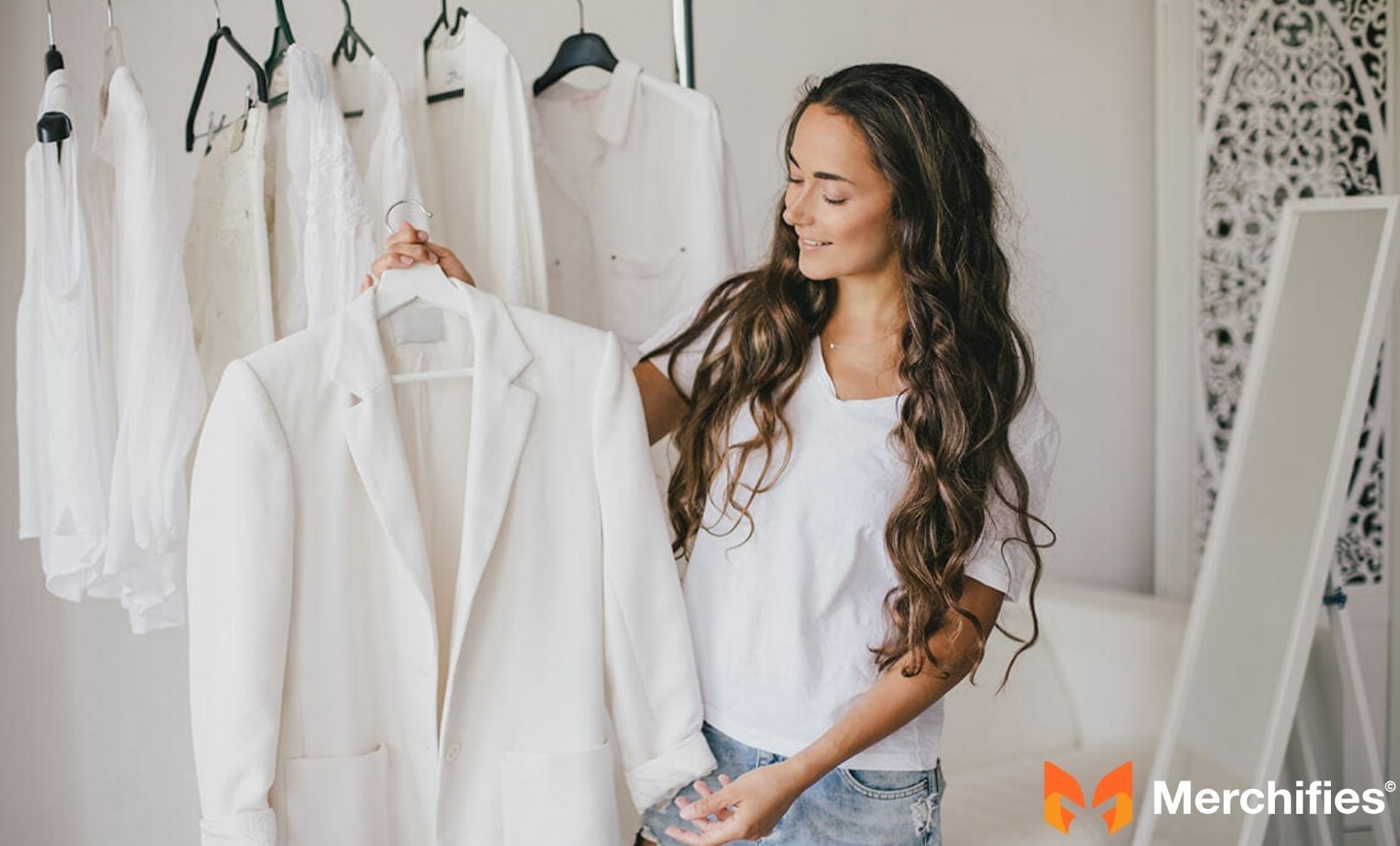
Blog Post Contents
Ever stare at your wardrobe feeling like nothing matches, leading to daily dressing dilemmas? You’re certainly not alone in this common challenge. Many people find themselves overwhelmed by the sheer number of choices, struggling to combine pieces into a cohesive and stylish ensemble. This comprehensive guide is designed to demystify the art of matching clothes, transforming your daily dressing routine from a frustrating chore into a creative expression.
Here, you'll uncover the secrets to crafting cohesive, stylish outfits that not only look fantastic but also significantly boost your confidence, no matter the occasion. We'll explore foundational principles used by fashion professionals, ensuring you grasp the core concepts of harmonious dressing. As Mason Ellis Grant, a seasoned stylist with over two decades of experience, often emphasizes, "Understanding the basics of how to match clothes isn't about rigid rules; it's about gaining the freedom to express yourself with confidence and ease." This guide will equip you with that very freedom, allowing you to build an outfit from scratch with newfound clarity and purpose.
The Foundation of Flawless Matching: Master the Basics
Creating an effortlessly stylish look begins with a solid understanding of fundamental principles. These are the building blocks that allow you to coordinate pieces harmoniously, making the process of how to match clothes far more intuitive.
Demystifying the Color Wheel: Your Primary Tool
At the heart of any great outfit is color coordination. The color wheel is an indispensable tool, offering a visual roadmap for mixing and matching hues effectively. By understanding its structure, you can unlock endless possibilities for your wardrobe, ensuring your clothing choices always look intentional and polished.
The Power of Neutrals: Your Wardrobe's Best Friends
Neutrals are the unsung heroes of any wardrobe. Colors like black, white, grey, navy, tan, olive green, and denim serve as versatile anchors, providing a stable base upon which any outfit can be built. They are essential for grounding bolder pieces or creating sophisticated monochromatic looks. Learn how to mix various neutrals for added texture and depth, transforming simple garments into refined ensembles.
Understanding Color Tones and Undertones
Beyond basic color identification, understanding warm versus cool colors and how they interact is crucial for mastering how to match clothes. A brief insight into your personal skin tone (warm, cool, or neutral) can guide you in selecting colors that naturally flatter your complexion, enhancing your overall appearance without strict prescriptive rules.
Contrast is Key: Balancing Your Look
Effective contrast adds dynamic interest to an outfit. This involves balancing elements like light vs. dark, bright vs. muted, and warm vs. cool tones. A helpful guideline for outfit composition is the 60-30-10 Rule: allocate 60% of your outfit to a dominant color, 30% to a secondary color, and 10% to an accent color, typically applied to accessories or a bold statement piece.

How to Match Clothes Colors for Cohesive Ensembles
Mastering color coordination is arguably the most impactful skill when learning how to match clothes. Moving beyond individual colors, let's explore practical color schemes that can elevate your entire wardrobe. Each scheme offers a distinct aesthetic, allowing you to tailor your outfits to your mood, the occasion, or the impression you wish to make.
Analogous Harmony: Sophisticated Blends
Analogous colors are those that sit next to each other on the color wheel, such as blue, green-blue, and green. When paired, they create harmonious, sophisticated looks that are pleasing to the eye. Think of a navy blazer with a sky-blue shirt and a teal scarf. Include visual examples of analogous color pairings.
Complementary Impact: Striking Contrasts
Complementary colors are opposite each other on the color wheel (e.g., blue & orange, red & green). These pairings create striking, high-contrast outfits that demand attention. While bold, they can be incredibly stylish when used thoughtfully, perhaps with one color as an accent. Imagine a deep purple top with mustard yellow trousers. Include visual examples of complementary color pairings.
Monochromatic Elegance: Shades of One
Monochromatic schemes involve different shades, tints, and tones of a single color (e.g., various shades of blue from light periwinkle to deep navy). This approach results in elegant, elongating, and effortlessly chic outfits. It's a foolproof way to look polished and put-together. Consider a light grey sweater, charcoal trousers, and a silver necklace. Include visual examples of monochromatic outfits.
Triadic Vibrancy: Bold and Playful Combinations
Triadic colors are three colors equally spaced around the color wheel (e.g., red, yellow, blue). These combinations are inherently bold and playful, often used to create vibrant, energetic outfits. To avoid overwhelming the eye, one color typically dominates while the other two serve as accents. Picture a yellow top with blue jeans and red sneakers. Include visual examples of triadic color schemes.

Beyond Color: Adding Depth and Interest to Your Outfits
While color is foundational, true mastery in how to match clothes extends to incorporating patterns, textures, and understanding silhouettes. These elements add crucial depth and interest, transforming simple garments into layered, visually engaging ensembles.
Mixing Patterns: From Subtle to Statement
Pattern mixing can seem daunting, but with a few guidelines, it becomes an exciting way to showcase your personal style.
- The "One Pattern" Rule: For beginners, start by making one patterned item the focal point and keep other elements solid.
Intentional Mixing:
- Varying Scale: Combine a small, subtle print with a larger, bolder one (e.g., pinstripe shirt with a large plaid blazer).
- Matching Color Families: Mix patterns that share a common color palette to ensure cohesion.
- Geometric with Organic: Pair structured patterns (stripes, checks) with free-flowing ones (florals, paisleys).
- Stripe on Stripe: Experiment with different stripe widths and directions for a chic, modern look.
- Offer practical examples and dos/don'ts for mixing patterns effectively without looking chaotic. Helpful Content/E-E-A-T: As Mason Ellis Grant often advises clients, "The trick to successful pattern mixing is making it look intentional, not accidental. Find a common thread, be it color or scale."
Textural Play: Elevating Your Ensemble
Texture is often overlooked but profoundly impacts an outfit's visual appeal and perceived luxury.
- Rough vs. Smooth: Juxtapose textures like a tweed blazer with a silk top for tactile and visual interest.
- Glossy vs. Matte: A leather skirt paired with a cashmere sweater creates a sophisticated contrast.
- Understanding why texture adds visual interest and a sense of luxury is key to building richer outfits.
Mastering Silhouettes and Proportions: Creating Balance
The silhouette of an outfit refers to its overall shape, while proportions dictate how different parts of the outfit relate to each other.
- Loose with Fitted: Balance an oversized sweater with skinny jeans or leggings.
- Top-heavy vs. Bottom-heavy: A voluminous top can be balanced with slim trousers, or a wide-leg pant with a fitted blouse.
- Defining Waistlines: Use belts, half-tucks, or full-tucks to define your waist and create flattering proportions.
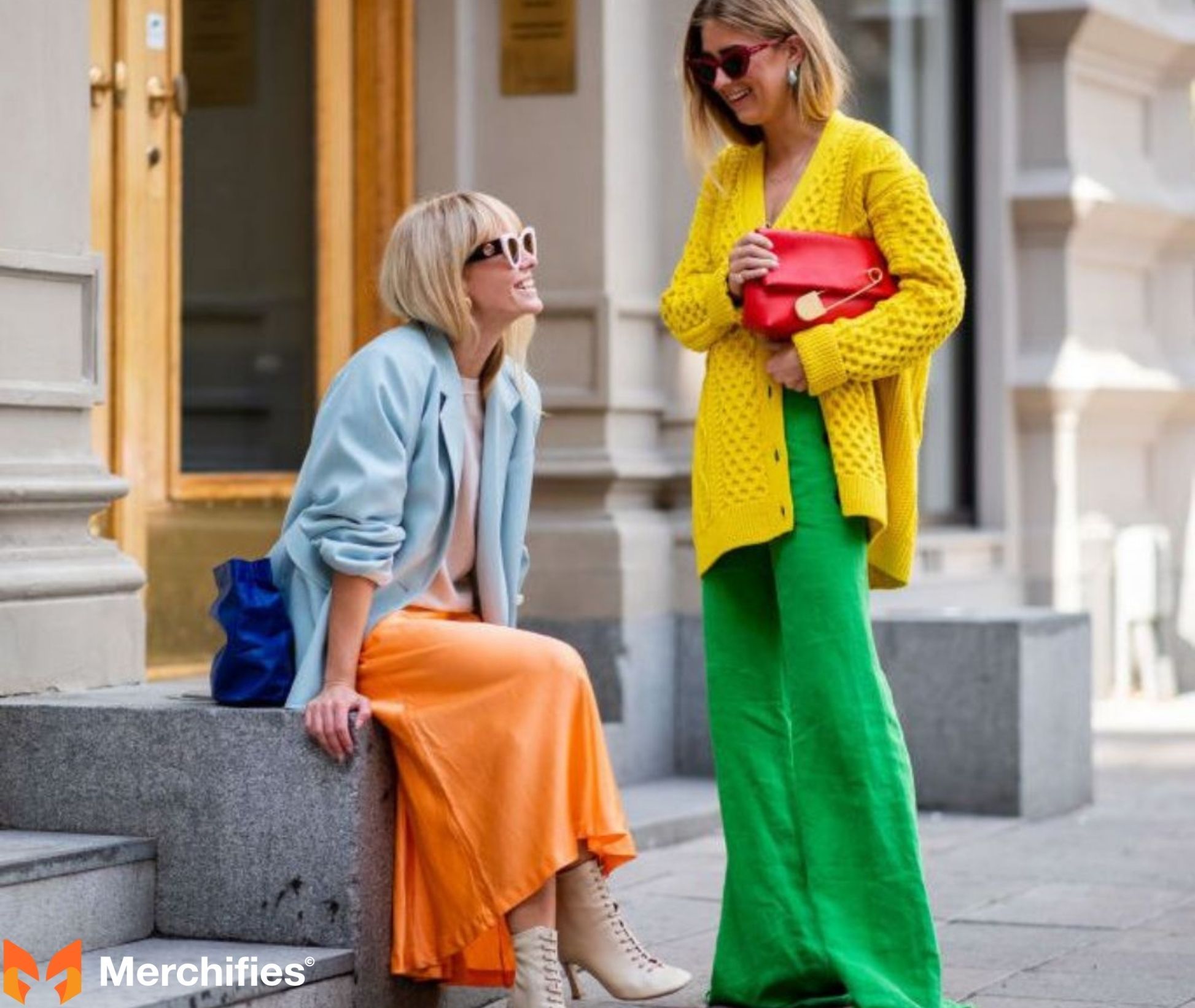
How to Match Clothes for Ladies: Styling for Every Occasion
Ladies, building a versatile wardrobe means having go-to outfit formulas for any event on your calendar. Knowing how to match clothes for ladies effectively involves understanding current trends while sticking to timeless principles of proportion, color, and comfort.
Casual Chic for Women: Effortless Everyday Looks
Elevating your everyday attire is simpler than you think. Start with basics like jeans and a t-shirt, then add layers like a stylish cardigan or a denim jacket. Incorporate accessories like a statement necklace or a chic pair of sneakers to instantly upgrade the look. Midi skirts paired with a fitted top and fashionable flats also offer a smart casual combination that’s comfortable yet polished.
Professional Power Dressing: Business Casual & Beyond
For the workplace, how to match clothes for ladies often revolves around creating professional yet comfortable ensembles. A well-fitting blazer paired with tailored trousers or a pencil skirt and a smart blouse is a timeless option. Experiment with appropriate color palettes—think muted tones like navy, grey, and beige, with pops of color in a scarf or jewelry. This ensures you convey professionalism while expressing personal style.
Elegant Evening Looks: Making a Statement
When the occasion calls for something more refined, understanding different dress codes (cocktail, black tie, semi-formal) is paramount. For evening wear, focus on fabrics like silk, velvet, or satin. Matching dresses with the right shoes (heels or elegant flats), clutches, and jewelry is crucial for a cohesive look. A classic little black dress can be transformed with different accessories for various events.
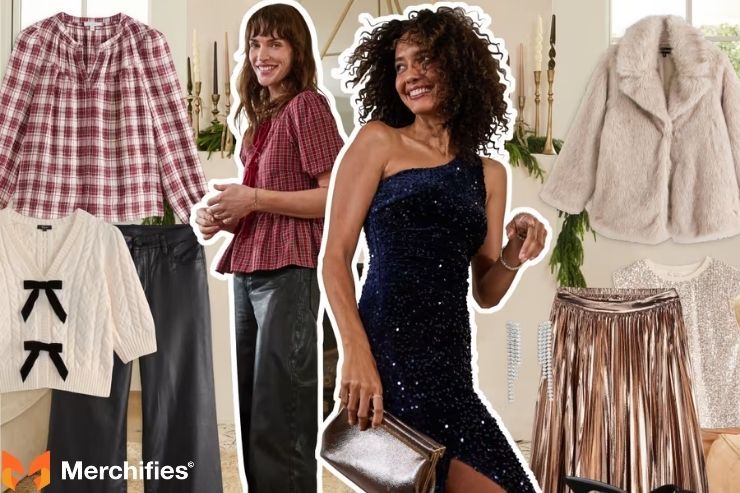
How to Match Clothes Men: Sharp Looks for Any Event
Gentlemen, mastering how to match clothes men involves a blend of classic principles and modern flair. From laid-back weekends to formal events, a well-coordinated wardrobe enhances confidence and makes a lasting impression.
Everyday Smart Casual for Men: Polished Yet Relaxed
For day-to-day wear that goes beyond just comfort, consider elevating your basics. Pair dark-wash jeans or chinos with a crisp button-down shirt (sleeves rolled for a relaxed vibe) or a high-quality polo shirt. Layer with a stylish bomber jacket, a tailored cardigan, or a smart knit sweater. Complete the look with clean sneakers, loafers, or desert boots for an effortlessly cool aesthetic.
Business Attire Essentials: Professional Presence
In a professional setting, knowing how to match clothes men's business attire is about conveying competence and style. Opt for well-fitting suits in classic colors like navy, charcoal grey, or black. Combine with solid or subtly patterned dress shirts, and complement with ties that pick up a color from the shirt or suit, ensuring the tie width matches the lapel width. Always choose polished dress shoes like oxfords or derbies.
Formal Wear Finesse: Making an Impeccable Impression
Formal events require meticulous attention to detail. For black tie, a classic tuxedo with a white dress shirt, black bow tie, cummerbund, and patent leather shoes is essential. For semi-formal, a dark suit paired with a dress shirt and a tasteful tie often suffices. Pay close attention to fit, ensuring garments are tailored perfectly. Accessories like cufflinks and pocket squares can add a touch of personal elegance without overdoing it.

The Finishing Touches: Accessories and Personal Style
No outfit is truly complete without the right accessories. These small but mighty elements have the power to transform an ensemble, adding personality, polish, and purpose. Ultimately, all the rules lead back to finding and embracing your own unique style.
The Art of Accessorizing: Jewelry, Bags, and Shoes
Accessories are the secret sauce in how to match clothes effectively.
- They can tie an outfit together, by repeating a color from your clothing in a handbag or a scarf.
- They can add a pop of contrast, like a brightly colored shoe with a neutral outfit.
- Matching metals (gold, silver, rose gold) across jewelry and hardware on bags can create a cohesive look.
- Choosing the right shoes for the outfit and occasion is paramount; they should complement the overall aesthetic and comfort needs.
Building a Versatile Wardrobe: The Capsule Approach
A smart strategy for effortless matching is to build a capsule wardrobe. This involves investing in key, high-quality pieces that are versatile and can be mixed and matched in numerous ways. By focusing on essential items in complementary colors and styles, you maximize your outfit combinations with fewer items, simplifying your daily dressing and ensuring everything you own works together harmoniously.
Finding Your Personal Style: Confidence is Your Best Accessory
Ultimately, the best advice for how to match clothes is to find what truly resonates with you. Seek inspiration from various sources like Pinterest, fashion blogs, and style icons, but always remember to adapt trends to fit your comfort and personality. Experimentation is key to discovering what makes you feel good and confident. Your personal style is an evolving journey of self-expression; wear what brings you joy and makes you feel authentically you.
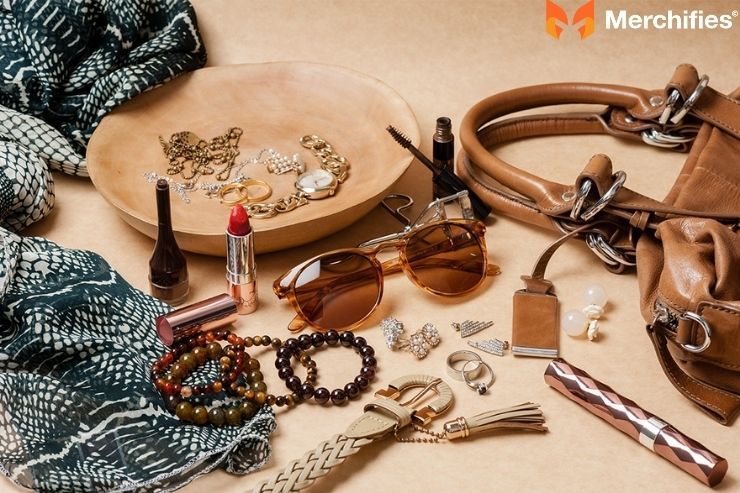
Common Matching Mistakes to Avoid (and How to Fix Them)
Even with the best intentions, it's easy to fall into common fashion traps. Being aware of these pitfalls and knowing how to correct them is crucial for mastering how to match clothes and ensuring your outfits always look polished and intentional.
Over-Matching ("Too Matchy-Matchy"):
The difference between coordinating and being too literal is subtle but significant. Avoid outfits where every single item (top, bottom, shoes, bag, jewelry) is the exact same color.
- Fix: Introduce varying shades, complementary colors, or different textures to break up the monotony. For example, instead of a red dress, red shoes, and a red bag, opt for a red dress with nude shoes and a contrasting clutch.
Ignoring Proportions:
Wearing clothes that don't flatter your body shape can disrupt the entire outfit's harmony. This isn't about body shaming but understanding how clothes sit on your frame.
- Fix: Pay attention to how garments balance each other. If you wear something voluminous on top, pair it with something more fitted on the bottom, and vice versa. Use belts to define your waist where appropriate.
Wearing Ill-Fitting Clothes:
The best-matched clothes lose their impact if they don't fit well. Too tight or too baggy clothing can make even expensive pieces look cheap.
- Fix: Invest in proper sizing and don't shy away from tailoring. A well-tailored garment instantly elevates your look. Mason Ellis Grant frequently tells clients, "Fit is king. A perfectly fitting basic tee will always look better than a poorly fitting designer shirt."
Not Considering the Occasion:
Underdressing or overdressing can lead to discomfort and make you feel out of place.
- Always consider the formality, location, and nature of an event. When in doubt, it’s often better to be slightly overdressed than underdressed, especially if you can layer down.
Forgetting the Details:
Wrinkles, stains, unpolished shoes, or loose threads can ruin an otherwise great outfit.
- Fix: Pay attention to the finishing touches. Ensure your clothes are clean and ironed, shoes are polished, and accessories are in good condition. These small details collectively make a big impact on your overall presentation.
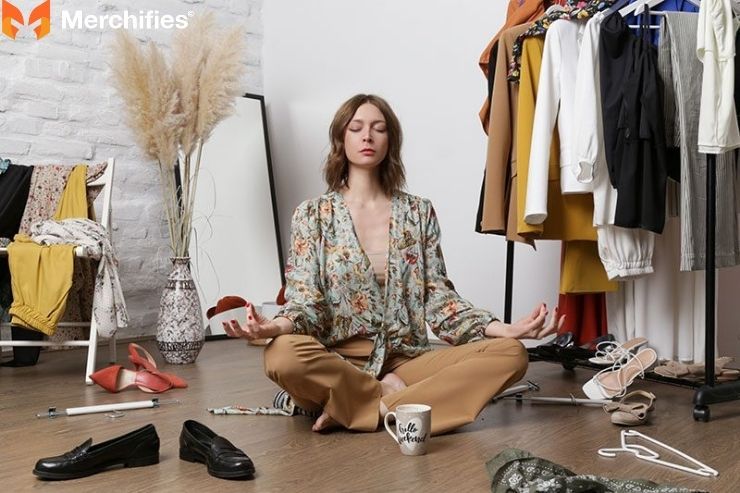
Conclusion: Dress with Confidence and Joy
You now possess the foundational knowledge and practical strategies for how to match clothes like a true stylist. We've journeyed through the intricacies of color theory, the art of mixing patterns and textures, understanding proportions, and curating outfits for every imaginable occasion. The journey to impeccable style is not about adhering to rigid rules, but about understanding principles that empower your self-expression.
Remember, fashion is a powerful tool for self-expression and should ultimately bring you joy and confidence. As Mason Ellis Grant often concludes his style workshops, "The ultimate goal isn't just to match clothes; it's to match your outfit to your authentic self, stepping out with confidence and a smile."
Start experimenting today! What's your favorite new matching tip you're excited to try? Embrace the process, have fun with your wardrobe, and watch as your personal style flourishes.